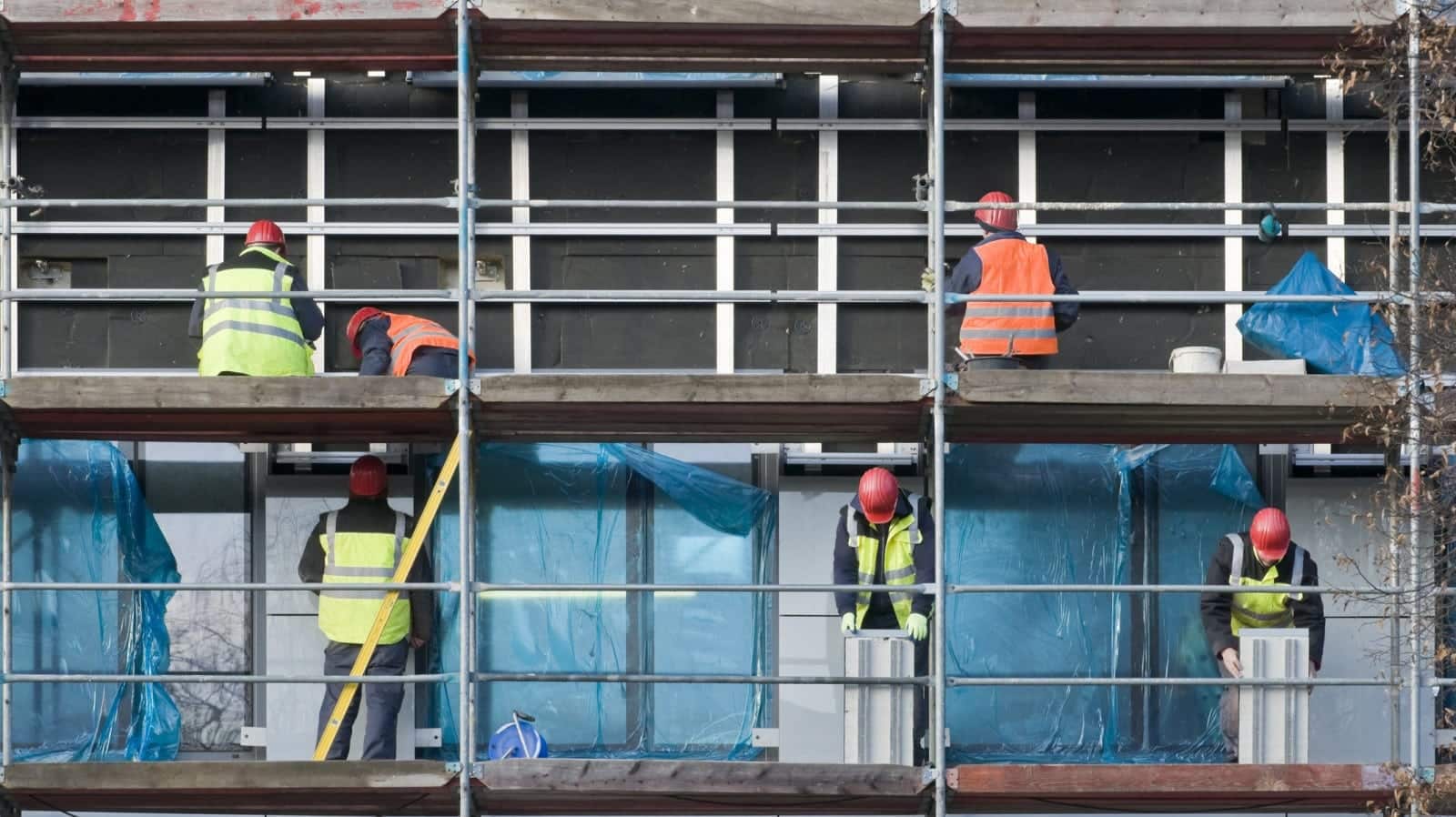Construction scaffolds provide many critical uses on a job site, so when they fail to provide the expected safety, severe injuries or death can occur. Falls, the leading cause of injury and death on construction sites, are one such worry, but structural collapses, tools falling from scaffolds and other scenarios can all lead to injury.
Since injuries from these scaffolding accidents can be devastating — leading to possible lifelong disability or eventual death — knowing who could be liable for the costs of them is vital. Certain parties may be ultimately responsible for their costs, which include medical costs, pain and suffering, lost wages, the impact of disability and more. Learn more about how a construction company could be liable and an injury victim’s possible recourse by reading on.
Scaffold Use Must Meet High Standards
Fortunately for injury victims, OSHA and other organizations maintain strict, explicit standards regarding the use, placement, assembly and maintenance of scaffolds. Violating these standards can result in fines or, in extreme cases, criminal charges against the people or parties involved.
When determining civil causes of action like negligence, explicit standards and regulations can form a strong basis for a “duty of care” on the part of construction companies. The following are just some of the expectations OSHA sets upon those who install or use scaffolds during construction:
- Scaffolds should support at least four times their expected weight load
- Scaffolds should be supported on flat, stable surfaces, so no placing scaffolds on loose objects like unmortared brick or wooden planks
- Scaffold planking should overlap by at least 12 inches
- All scaffold planks should extend past end supports by 6 to 18 inches
- Materials on scaffold should be minimal, well-organized and managed safely; no tools, debris or construction materials should be allowed to accumulate
- All scaffolds must be square-set, which means no lean-to or shore scaffold designs
Since negligence claims involve establishing that the defendant had a duty of care to the injury victim and that they breached that duty, discovering prior violations of standards like the ones above can show a pattern of negligence or a direct breach that led to the injury.
Negligence and Liability for Scaffold Accidents
As alluded to above, the most common causes of action for a scaffold injury lawsuit relate to negligence. To establish a negligence claim, the plaintiff must show:
- That the defendant had a duty of care to protect the plaintiff from certain harm
- That the defendant breached that duty through deliberate risky behavior or a lapse in caution
- The breach of the duty of care directly led to a substantial injury affecting the victim
All three components are crucial. For instance, if you attempt to sue a masonry company for a fall from a scaffold because of poor conditions, they may attempt to defend themselves by stating that the contractor party that installed the scaffold had a different duty of care than they did — which may or may not be true. Similarly, a breach in a duty of care must directly lead to the injury, so proving that a dangerous condition existed is not enough if the plaintiff cannot prove that the dangerous condition was the cause of their injury.
Note also that worker’s compensation laws can greatly limit and dictate legal recourse for injury victims who are workers on the job site.
Because of all these complex questions, a knowledgeable construction injury lawyer is often needed in order to strategically pursue an injury claim after a scaffold accident. Contact Peter N. Davis & Associates, LLC today to receive a free consultation regarding your case and to potentially start filing your claim today.



